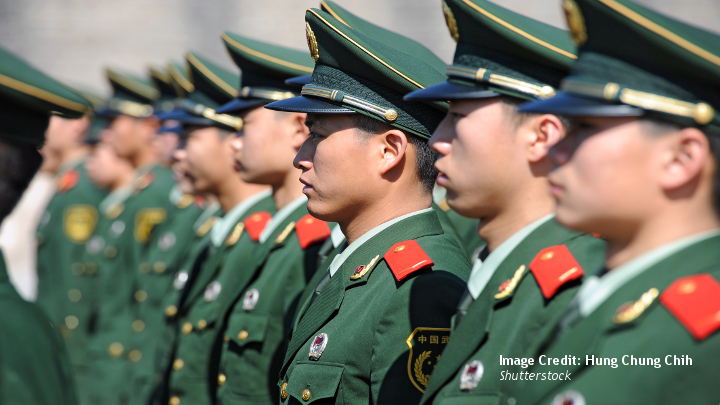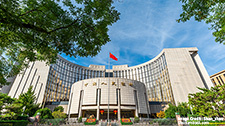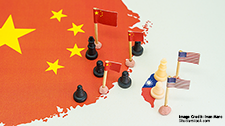China’s Quest for Military Technology through Foreign and Civil Sources: Strategic Trends under Xi Jinping and Tactical Adjustments amid Geopolitical Challenges

Yifei Zhu and Niklas Swanström
Over the past decades, the military capabilities of the People’s Republic of China (PRC) have witnessed remarkable developments. The Chinese People’s Liberation Army (PLA) has transformed from a large yet outdated force into a modern great power, with significant advancements in air base attack capabilities, air superiority, anti-surface warfare, counterspace operations, cyberwar capabilities, nuclear strength, etc. These achievements are driven by a concentrated campaign for military modernization with a reinforced emphasis on technological upgrading. As the bard chart below illustrates, from 2010 to 2020, the nation’s annual military equipment expenditure increased from 26.2 billion US$ to 68.2 billion US$, with the proportion of total military spending increasing to as high as 41.1%.
In addition to indigenous innovation within the nation’s defense industry, the acquisition of external technology, spanning from military to dual-use (i.e., both military and civilian), has played a pivotal role in driving this progress.It’s essential to clarify that the term “external” here refers to acquisitions beyond the narrowly defined domestic defense industry, which encompasses mainly arsenals and defense contractors. In this context, China employs two primary forms of external technology acquisition.
Read this full piece at The European Hub for Contemporary China (EuroHub4Sino).
Related Publications
-
The Political Split at the Heart of Taiwan’s Struggle against Foreign Disinformation
Taiwan’s struggle against foreign disinformation and concerns about China’s impact on its 2024 election has received much international attention recently. This issue brief examines the domestic and international politics behind […]
-
Challenging Western Views: Understanding Power and Stability in East Asia; An Interview with DAVID C. KANG
Dr. David C. Kang is Maria Crutcher Professor of International Relations at the University of Southern California. A leading expert in East Asian security, international relations, and political economy, Dr. […]
-
The Economic Leash: China’s Financial Tethers and Global Power Plays
China’s emphasis on Gross Domestic Product (GDP) growth and its integration into global markets have allowed it to wield significant influence internationally. Nonetheless, this focus on rapid expansion has created […]
-
China as a Black Sea Actor: An Alternate Route
China’s international role has expanded rapidly in the last decades, and the Greater Central Asian region, Europe, and the Middle East, to which the Black Sea region (BSR) connects, are […]
-
Taiwan-PRC Crisis: What Cross-Strait Conflict Could Cost Europe
The escalating tensions between Taiwan and China pose significant economic and strategic challenges to the European Union, such as the inaccessibility of Taiwanese inputs, market, and capital. This issue brief […]




